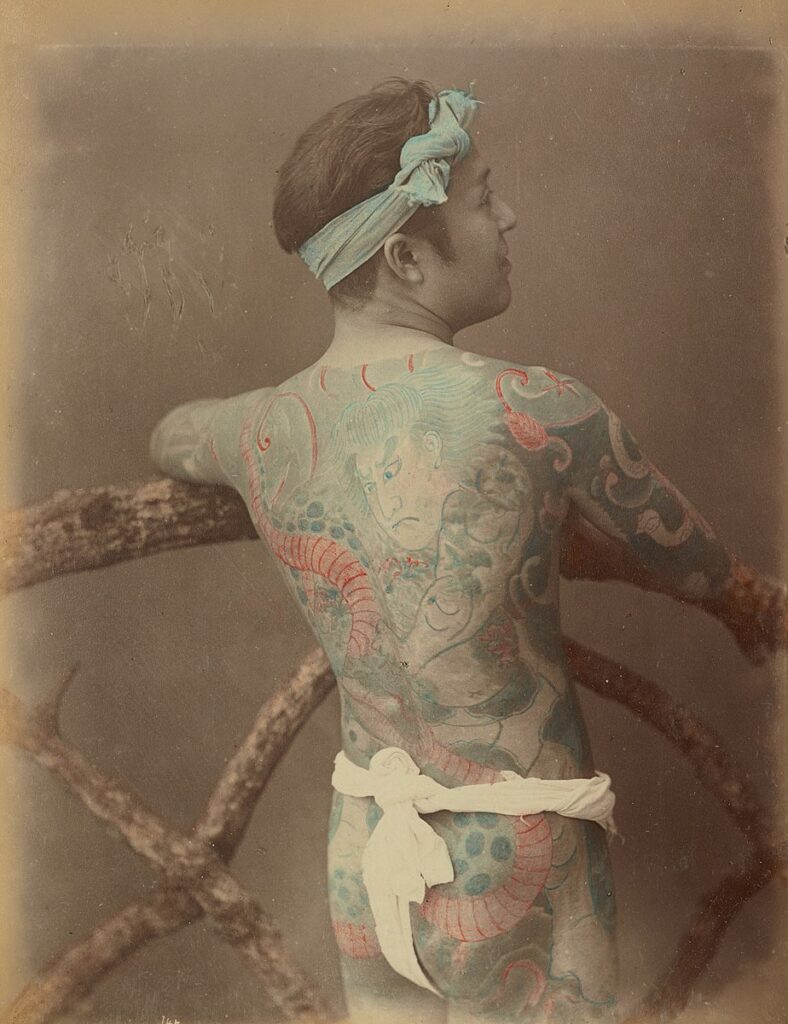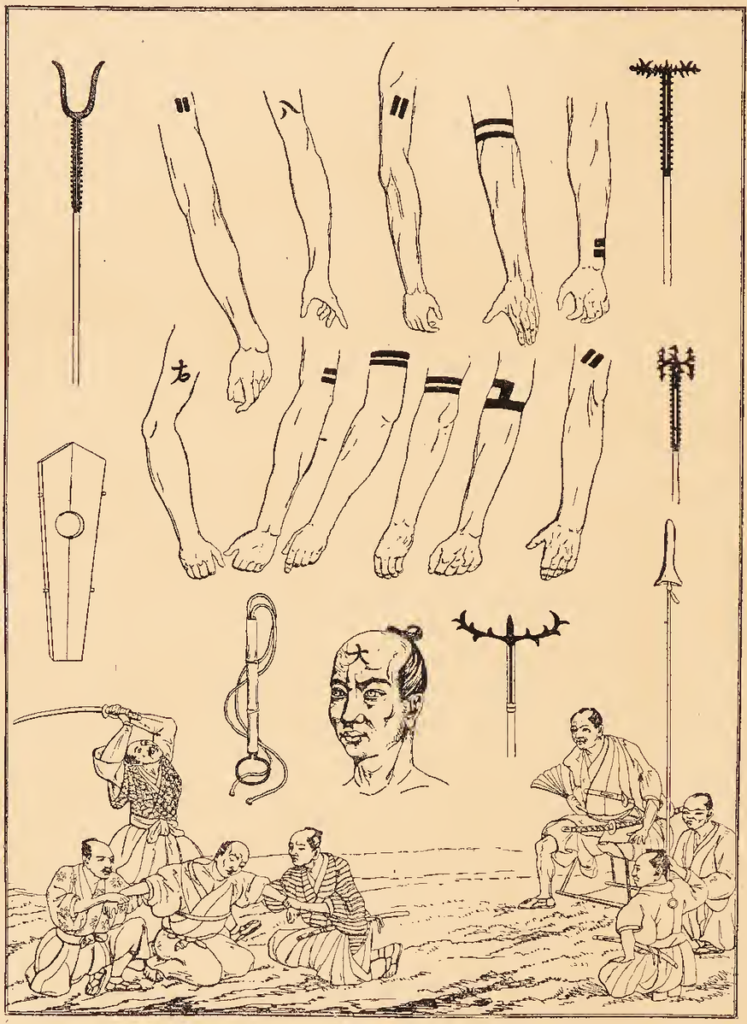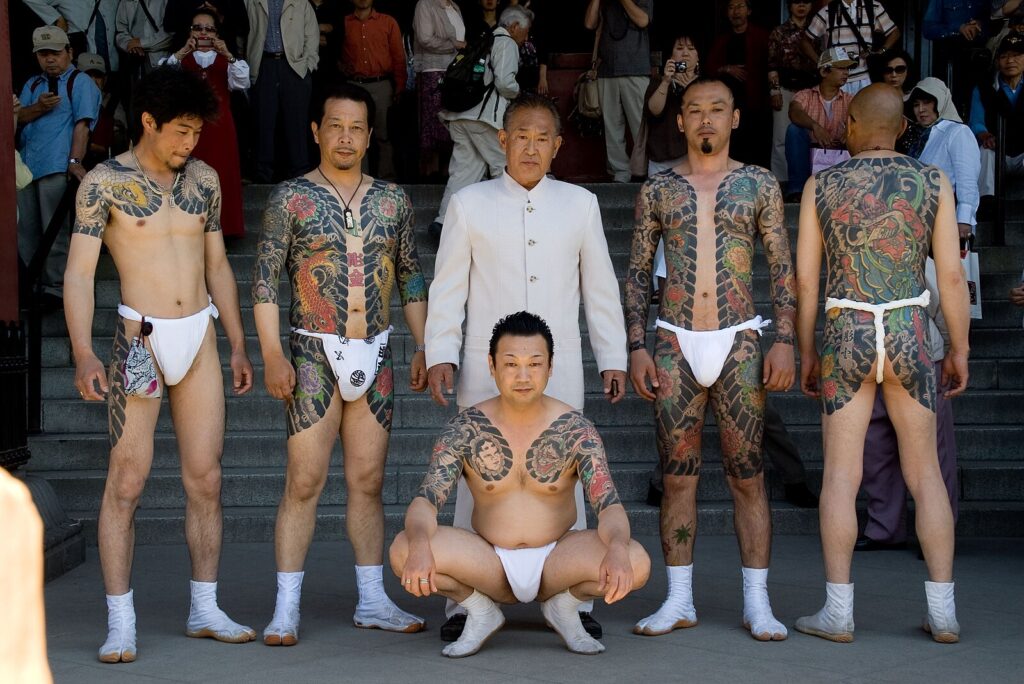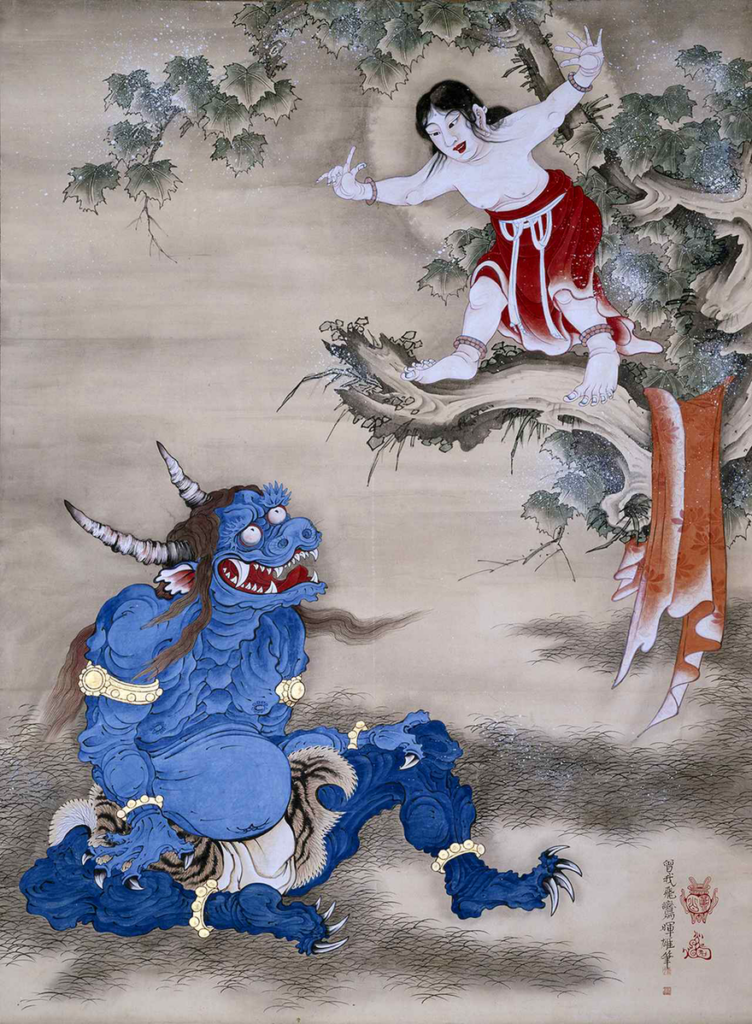Studies have shown that about one-third of adults have a tattoo. Almost a quarter have two or more. That number is only expected to grow with time as tattoos continue to become more popular in the coming years.
Some of the most popular are Japanese tattoos. This tradition goes back more than 7,000 years to the Jomon period.
Clay figures from that period show figurines with fancy designs on both the face and the body. The first written tattoo record came about in 300 A.D. in the History of Chinese Dynasties. This details how men used to tattoo their faces and decorate their bodies as if it were a norm in society.
The term that most associate Japanese tattoos with is Irezumi, which is the Japanese word for “inserting ink.” It’s the traditional way of tattooing someone, using a special Nara ink.
Today, people use all different kinds of ways to tattoo a body. But many prefer the traditional way of Irezumi, originating in Japan.
Tattoos weren’t always a positive part of Japanese culture, however. While it’s seen as a way to symbolize one’s self today, it also underwent negative times as well.

The Early History of Japanese Tattoos
Many believe the oldest tattoos were from Egypt. However, evidence shows that Japan may have started the idea of inking one’s own body.
Figurines and clay figures discovered from tombs that date back to 5,000 B.C. or older depict unique carvings on people’s faces and bodies. Some historians say this may extend past the Jomon period to the Paleolithic period in approximately 10,000 B.C.
The first written record of Japanese tattoos goes back to 297 A.D. in the Chinese history books. A drawing was shown with a text that read, “Men young and old, all tattoo their faces and decorate their bodies with designs.”
From 300 B.C. to 300 A.D., in what is known as the Yayoi era, Japanese tattoos were thought to have spiritual significance and symbolize a person’s status. For a large part of the early history, tattoos were seen as a positive symbol of a person.
However, they began taking on a negative connotation after 300 A.D.
For about 300 years, Japanese tattoos were put on prisoners to symbolize slavery and punishment. It was seen as a form of barbarism and cruelty, as referenced in record books as early as 720 AD.
This was mostly evident in Ancient Rome. Japanese tattoos were put on prisoners with a drawing and motto of, “I am a slave who has run away from his master.”
Tattoos as Punishment
Decorative tattoos fell off the radar beginning in the seventh century. For over 1,000 years, it was accepted in society that tattoo markings were used to identify the worst criminals and outcasts in Japan.
Outcasts were given a tattoo with either a cross or a straight line. Criminals, meanwhile, were marked up with symbols that drew attention to where they committed the crime.
A pictograph tattoo of a “dog” was placed on some criminals’ foreheads. Other popular demeaning tattoos placed on criminals included bars, crosses, or circles on the arms and faces.
During the seventeenth century, having a tattoo was the most embarrassing form of punishment. Anyone who had one couldn’t have a normal life. They were seen as people who could not participate in the general community.
However, by the late 17th century, things began to change as this form of cruelty faded. Still, gangs used tattoos as a way to symbolize their group and criminal life.

The 18th and early 19th centuries
The Edo period (1600-1868 A.D) changed tattoos forever. It was a period of revolt against the dictatorship and hierarchy.
A return to tattoos represented beauty and elegance, with larger, more illustrious Irezumi showing up bodies. It represented a time when tattoos were much like they are today, with fascinating artistry on bodies symbolizing the individual.
Woodblock prints, also known as ukiyo-e, were used in designs. These depicted heroes in literature and art.
Just as its popularity grew, though, it was banned by the Japanese emperor in 1867. He concluded that tattoos were a way to westernize their country and were barbaric and an embarrassment.
People found a way around it, though. The laws didn’t apply to foreigners.
Thus, tattoo artists started a business in places like Yokohama which began tattooing sailors. Locals in Japan also found ways to get tattoos and hide them.
During the war between Japan and China in 1936, military men with tattoos were considered immature, uneducated, and troublesome. Many were put in separate, harsh camps just prior to the start of World War II.
The ban was lifted, however, in 1946, after the war ended and General MacArthur legalized tattooing again. Still, many tattoo artists began to work privately, a practice that is still done today.
From there, tattoos only became more popular, and it began spreading to other parts of the world.

Popular Subjects and Symbols
Certain Japanese tattoos stand out more than others. They have taken on extra impact throughout time.
These iconic images and ideas were originally created by the most famous Japanese artists, including names like Hokusai, Kuniyoshi, Kyosai, Kunisada, Kunichika, Yoshitoshi, and Utamaro.
The dragon (Ryu) was an original Japanese tattoo meaning to symbolize bravery, wisdom, and strength. While many associate this with the Chinese tattoo of a dragon, the Japanese style differs in the number of claws the dragon has (three compared to five).
The koi is used to symbolize many things, including strength, resilience, luck, transformation, and power. These can be represented in many colors and are usually joined by maple leaves, rocks, lotus flowers, and water.
The Fu Dog, also known as Shi Shi or Guardian Lions, symbolizes protection and security. These objects were mythical-lion-like creatures that Chinese Buddhists claimed to have special protective powers.
If you ever visit Japan or China, you’ll find these images on entrances, meaning you’re going into a secure place. This image usually includes a male Fu Dog resting on a globe while the female holding back a young cub.
The Hannya may be a name that many in America are unfamiliar with. But it’s a common mask in Japan and a popular tattoo worldwide.
This mask was used in theater shows, symbolizing a woman’s descent from sadness and jealousy into resentment. This usually results from the deceit of her male lover.
Most Hannya tattoos are extremely large-scale, covering most of the body. Other smaller-scale ones are usually placed on the bicep area.
The Oni (Namahage) tattoo is usually seen on males and represents red ogre-like demonic beings. They have horns coming out of their head alongside a head of black hair.
A person who gets an Oni tattoo believes themselves to be a “punisher of demons.” Like the Hannya, these are usually large-scale and can encompass an entire body.

The tiger (tora) is among the most popular Japanese tattoos. It symbolizes strength and courage, as “Tora” was a famous saying for Japanese fighters during World War II.
The tiger also symbolizes protection against negative spirits. Most who get tiger tattoos have them overcoming another physical demon, such as a dragon.
The Japanese Phoenix is a popular sleeve tattoo but differs from Western culture in that they’re not seen rising from the ashes or fire. Instead, a Japanese Phoenix descends from the heavens.
It symbolizes peace and good things to come. They then retreat when trouble is on its way, being both a good and bad omen.
Japanese Tattoos Influence Today
Most Japanese tattoos today include background elements such as wind bars, clouds, wind spirals, finger waves, and rocks.
Many subjects include traditional flower pairings. These are associated with a particular season or environment. The Japanese believe in keeping their features consistent and giving their Irezumi meaning.
Tattoo artists worldwide are inspired by Japanese symbols and designs. They continue to become popular in countries like America.
Many Westerners who have been to Japan or experienced Irezumi have been motivated to use similar icons in their tattoos, such as koi fish or dragons. The Japanese, however, take issue with the Westerners taking these images since they don’t respect or know the specific meaning behind the art.
Many of the same negative stereotypes of tattoos still exist. Gangs still use them and most criminals have to have them.
Some occupations are fine with them while others ask that their employees conceal them, particularly those in Hollywood. However, more than ever before, they’ve become accepted and are a norm in society.
Technology has also made it easier to use Irezumi and other methods to ink individuals.
References
“Traditional Japanese Tattooing–Sydney.” Lighthouse Tattoo. Nd. https://www.lighthousetattoo.com.au/japanese-tattooing/.
“The Culture of Tattoos in Japan.” ThinkGlobalSchool.org. 13 Apr 2018. https://thinkglobalschool.org/the-culture-of-tattoos-in-japan/.
“Japanese Visual Culture.” https://japanesevisualculture.ace.fordham.edu. Nd. Web.